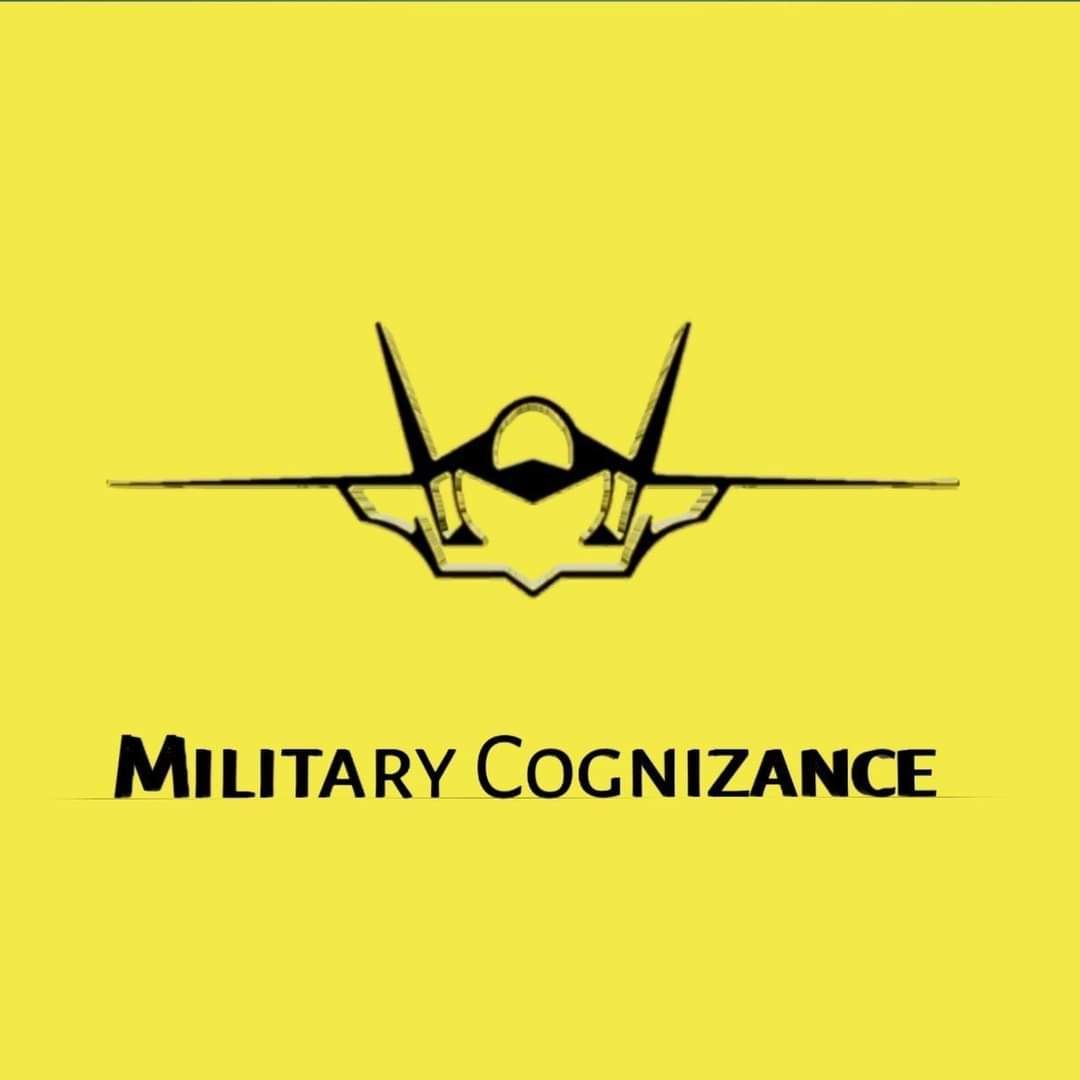United States and Japan will bring together scientists and engineers to jointly develop new defense technologies, including solutions against hypersonic missiles.

US Secretary of State Antony Blinken said the above information recently when speaking at the opening session of the “2 plus 2” conference, attended by Defense Minister Lloyd Austin, Japanese Foreign Minister Yoshimasa Hayashi and Minister. Japanese Defense Nobuo Kishi.
“When Japanese and American researchers reach their full potential, we can innovate and compete with anyone,” Foreign Minister Blinken said. This joint research will also include capacities in space, he noted.
Meanwhile, US Defense Secretary Austin said discussions would include “developing our role and mission to reflect Japan’s growing ability to contribute to peace and stability.” regional determination”. Mr. Austin also said that the two sides will “optimize the position of the two countries’ coalition forces to strengthen deterrence.”
Japanese Foreign Minister Hayashi emphasized: “The international community is facing fundamental and multi-faceted challenges, such as shifting strategic balances, unilateral and eroding efforts to change the status quo, abuses unfair pressure… It is more important than ever for Japan and the United States to unite and demonstrate leadership as both countries share strategic interests and common values.”
The “2 plus 2” conference came as China’s military advances made the West perceive it as having let its guard down. Last October, China was reported to have tested a hypersonic missile capable of carrying a nuclear warhead around the globe before accelerating towards its target.
The chairman of the US Joint Chiefs of Staff, General Mark Milley, who holds the highest ranking position in the US military, called this a “very important event” and “very close” to the “Sputnik moment” ” – the event that the Soviet Union launched the world’s first artificial satellite in 1957 in a feat that shocked the Western world.
In December 2021, Japan said it would increase host country support for the US military to 1.05 trillion yen ($9 billion) over five years — about $130 million more a year than spending in the previous 5 years. But Tokyo has asked Washington to allocate the increased funding to joint exercises and direct efforts to strengthen the alliance, rather than using the money for utility fees and paying local workers as in the past.
In response, Secretary of State Blinken affirmed that the new framework will “invest more resources to improve the readiness and interoperability of the two countries’ militaries”.
Hypersonic missiles are forecasted to play a big role in the defense and foreign policy of countries in the coming years.
A hypersonic missile travels at Mach 5 or higher, which is 5 times faster than the speed of sound (343m/s), or about 1.6km/s.
Some hypersonic missiles, like Russia’s upcoming Kh-47M2 Kinzhal air-launched ballistic missile, are said to be capable of speeds of Mach 10 (above 12,200km/h) and an upward launch range. to over 1,900km.
For comparison, the US Tomahawk cruise missile is a subsonic missile, traveling only at a speed of 880km/h and a maximum operating distance of about 2,400km.
Hypersonic missiles have two variants, including hypersonic cruise missile and hypersonic glide vehicle .
A hypersonic cruise missile is a type of missile that reaches its target with the help of a high-speed jet engine that allows it to travel at extremely high speeds, exceeding Mach-5. It is a non-ballistic missile – as opposed to a traditional intercontinental ballistic missile (ICBM) that uses gravity to reach its target.
A hypersonic glide vehicle is a type of rocket that uses vehicles to re-enter the Earth’s atmosphere. The rocket was initially launched into space in an arc trajectory, where the warheads were launched and dropped into the atmosphere at hypersonic speeds. Attached to a glide vehicle re-entering the atmosphere, and through its aerodynamic shape, the warhead can “ride” the shock waves generated by its own lift as it breaks through the speed of sound to pass. through existing missile defense systems.

The aforementioned glider can glide through the atmosphere at an altitude of 40-100km and reach its destination by taking advantage of aerodynamic forces. Its great speed, maneuverability, and low-atmospheric flight path make hypersonic warheads a very difficult target to detect and intercept compared to conventional ballistic missiles, posing a major challenge to any defense network. not modern.
On January 6, North Korea also confirmed that it successfully tested a hypersonic missile, hitting a target 700 km away in the country’s first major weapons test of 2022. Tien (KCNA) said that the missile that was tested on January 5 carried a “supersonic glider warhead that can accurately hit targets 700 km away”.
This is considered to be North Korea’s first major gas test of 2022 and the second time Pyongyang has tested a hypersonic missile, after the first was conducted last September.
